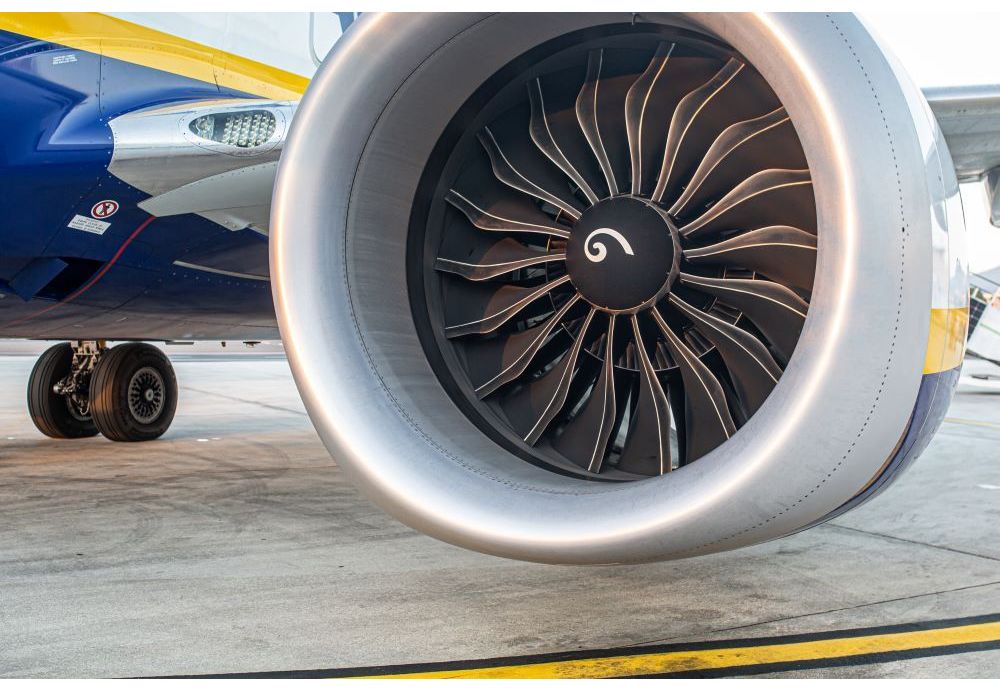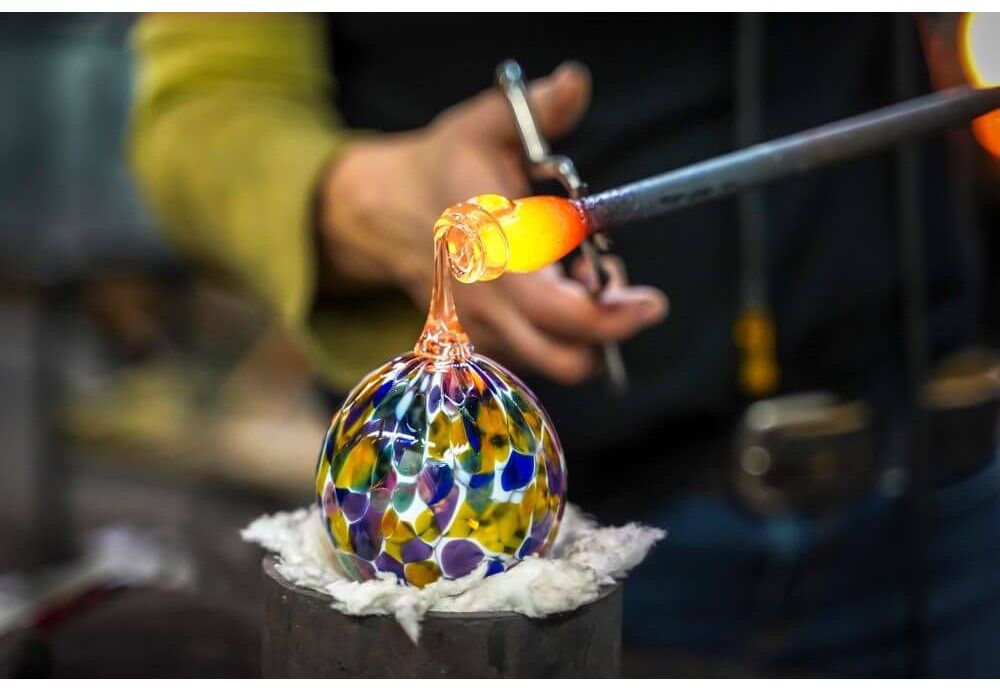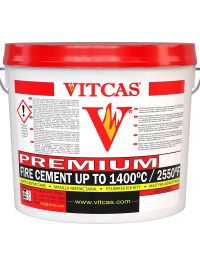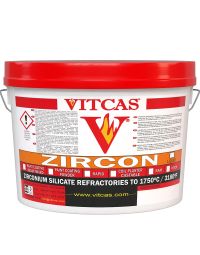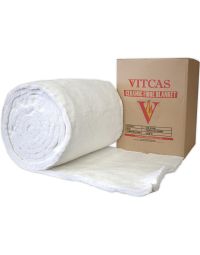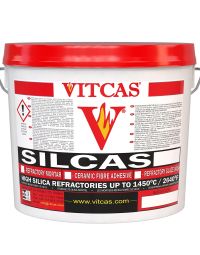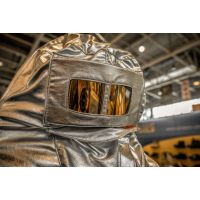Investment casting, a manufacturing process with a history dating back thousands of years, remains a vital technique for producing complex and detailed components in a myriad of industries. Often referred to as precision casting due to its ability to achieve exceptional detail and accuracy, this method has evolved to incorporate modern materials and technologies, yet the core principles have remained largely unchanged. Investment casting stands as a testament to the enduring value of combining ancient wisdom with contemporary innovation.
This process begins with the creation of a wax model, which is an exact replica of the final part to be manufactured. The model is encased in a ceramic material that hardens to form a mould. Once the mould is heated, the wax melts away, leaving a cavity into which molten metal is poured. After the metal solidifies, the ceramic mould is shattered, revealing a metal part that requires minimal finishing work due to the precision of the mould. Investment casting is favoured for its ability to produce components with complex geometries that would be difficult, if not impossible, to achieve with other methods.
As industries continue to push the boundaries of technology and design, the capabilities of investment casting become ever more critical. From aerospace to medical applications, this process provides a pathway to manufacturing intricate parts with the utmost precision. In exploring the realm of investment casting, one gains insight into a practice that has shaped the course of manufacturing history and will undoubtedly continue to influence its future trajectory.
Understanding the Investment Casting Process
The investment casting process commences with the meticulous crafting of a wax pattern, which replicates the desired final product in fine detail. This pattern is then affixed to a wax 'tree', allowing multiple parts to be created simultaneously, thereby enhancing the efficiency of the process. The tree, laden with patterns, is subsequently immersed in a ceramic slurry, coating it in a fine layer that captures every nuance of the pattern's surface.
Following the initial slurry coating, the tree is covered in a stucco of fine sand or another refractory material, which provides additional strength to the mould. This dip and stucco process is repeated multiple times, building up a robust ceramic shell around the wax patterns. Once the ceramic material hardens, the investment is placed in an autoclave or furnace, where the wax is melted out, leaving a hollow mould, an echo of the original wax patterns that once filled its interior.
The next phase involves heating the ceramic mould to high temperatures, which enhances its strength and eradicates any residual wax or moisture. With the mould prepared, molten metal is poured into the cavity, taking the place of the wax and adopting its intricate form. The metal is allowed to cool and solidify before the ceramic shell is carefully broken away, revealing a near-complete metal part. The final steps involve cutting the parts from the tree and finishing them to meet the exact specifications required.
Precision Investment Casting: A Detailed Look
Precision investment casting is distinguished by its ability to produce components with fine detail, superior surface finish, and high dimensional accuracy. The process's precision stems from the quality of the wax pattern and the meticulous nature of the mould-making stages. Each layer of the ceramic shell must be applied with precision to ensure that the final mould accurately reflects the pattern's intricate features.
The selection of materials for both the wax patterns and the ceramic mould is critical. The wax must possess properties that allow for both fine detailing and clean burnout, while the ceramic material must withstand the thermal shock and stress of molten metal pouring. Advanced formulations of ceramic materials have been developed to meet these demands, further enhancing the capabilities of precision investment casting.
The control of the metal pouring process is equally crucial. Temperature, pour rate, and atmospheric conditions are all meticulously managed to ensure the highest quality castings. The use of state-of-the-art equipment and technology, including controlled atmosphere melting and advanced simulation software, has elevated the precision of investment casting, enabling the production of parts that meet the exacting standards of industries such as aerospace, energy, and medical devices.
Types of Products Made Through Investment Casting
Investment casting finds its utility in the production of a diverse range of products, each benefiting from the process's ability to create complex shapes with precision. Turbine blades, with their intricate cooling channels and aerodynamic forms, are prime examples of components manufactured through investment casting. These blades must withstand extreme temperatures and forces, making the accuracy and integrity of investment casting crucial.
In the medical field, investment casting is employed to create detailed surgical instruments and implants. The biocompatibility and precision required for such devices are readily achieved through this process. Custom implants, tailored to individual patients, exemplify the customisability that investment casting offers, directly contributing to improved patient outcomes.
The automotive sector also takes full advantage of investment casting to produce parts like gearbox components, exhaust systems, and engine parts that require high strength and tight tolerances. The ability to cast metals such as aluminium, steel, and titanium alloys means that investment casting can meet the performance demands of the automotive industry with ease.
Advantages and Disadvantages of Investment Casting
Investment casting boasts numerous advantages that make it an attractive choice for manufacturers seeking precision and complexity. The ability to produce parts with intricate geometries and thin walls, which would be difficult or impossible with other casting methods, stands as one of its primary benefits. Moreover, the superior surface finish reduces the need for additional machining, saving both time and cost in the manufacturing process.
Another significant advantage is the versatility of materials that can be used in investment casting. A wide range of metals, including stainless steel, alloy steels, and non-ferrous alloys, can be cast, allowing for application across various industries. The process is also scalable, suitable for both small-batch production and large-scale manufacturing, providing flexibility for companies of all sizes.
Despite its many benefits, investment casting does present some challenges. The creation of wax patterns and ceramic moulds can be time-consuming and may contribute to longer lead times compared to other methods. The process is also more costly than simpler casting techniques, making it less suitable for parts that do not require high precision or complex geometries. Lastly, the size of components that can be produced is limited by the size of the equipment available, potentially restricting the scope of products that can be made through investment casting.
The 'Lost Wax' Technique in Investment Casting
The 'lost wax' technique is central to the investment casting process and is a practice steeped in history, dating back to ancient civilisations. This technique involves the creation of a wax model, which is an exact replica of the final part. The model's fidelity to the desired shape and detail is paramount, as it sets the stage for the entire casting process.
Once the wax pattern is created, it is coated with the ceramic slurry, forming the mould. The lost wax technique's name becomes apparent at the stage when the wax is melted out, leaving behind the cavity that will eventually be filled with metal. This step is critical, as it must be done with care to prevent damage to the mould while ensuring that all the wax is removed.
The precision of the lost wax technique allows for the creation of parts with complex internal geometries, undercuts, and cavities that would be impossible to achieve with traditional machining or die casting. The technique's adaptability is evident in its use across various industries and in the production of parts ranging from fine jewellery to critical aerospace components.
Applications of Investment Casting in Various Industries
Investment casting has found a place in nearly every industry that requires metal parts with high precision and complexity. In aerospace, the process is used to produce components that are both lightweight and capable of withstanding the rigours of flight, such as airfoils, engine parts, and landing gear components. The exacting standards of the aerospace industry are well-served by the tight tolerances and high-quality surface finishes that investment casting provides.
The defence sector also relies on investment casting for the production of critical components for vehicles, weaponry, and communications equipment. The strength and durability required for military applications make the precision and material properties achieved through investment casting indispensable.
In the realm of energy, especially within the oil and gas industry, investment casting is utilised to manufacture complex valve components, pumps, and other equipment that must endure harsh environments and high pressures. Likewise, the power generation sector, including nuclear and renewable energy, benefits from the reliability and precision of investment-cast parts.
Refractory Materials for Use in Investment Casting
In the intricate world of investment casting, the choice of materials is pivotal to achieving high-quality results. One crucial component is Zircon Paint Coating, which is applied to the inside of a ladle to prevent molten metal from sticking, ensuring a smoother pouring process and reducing contamination risks.
Silcas M White Refractory Mortar is another essential material, utilised for adhering Ceramic Fibre Blanket to the mould. This combination is vital for insulating the mould, particularly in processes like directional solidification where precise temperature control is required. Ceramic Fibre Blanket plays a critical role in maintaining the necessary thermal environment within the mould, enhancing the quality of the cast. Additionally, Premium Fire Cement is indispensable for repairing any cracks in the mould or shell, ensuring structural integrity. These materials collectively contribute to the efficiency and success of investment casting operations, highlighting the importance of selecting the right tools for each stage of the process.
Future Trends in Investment Casting
As industries evolve and new technologies emerge, investment casting continues to adapt and innovate. One of the most significant trends in this field is the integration of additive manufacturing, or 3D printing, with the investment casting process. 3D printed wax or plastic patterns can drastically reduce the time and cost of pattern making, especially for prototypes or complex parts with intricate details.
Sustainability and environmental considerations are also influencing the future of investment casting. Efforts to reduce waste, recycle materials, and improve energy efficiency are becoming increasingly important. Advancements in materials science are leading to the development of new alloys and ceramic mould materials that can enhance the performance of cast parts while also addressing environmental concerns.
Moreover, the push for digitalisation and automation in manufacturing is likely to impact investment casting, with the potential for more automated processes and real-time quality control. This digital transformation could lead to greater consistency, reduced lead times, and even more complex parts being produced through investment casting.
Conclusion
Investment casting, a time-honoured process with roots in antiquity, continues to play a pivotal role in modern manufacturing. Its ability to produce parts with high precision and complex geometries makes it an invaluable method for industries demanding the utmost in quality and performance. While there are challenges associated with investment casting, such as cost and lead time, the advantages it provides in terms of versatility, precision and material options often outweigh these considerations.
The future of investment casting looks to be one of innovation and adaptation, as the process embraces new technologies and responds to global trends in sustainability and digitalisation. The potential of investment casting is vast, and as manufacturing needs become more complex, the importance of this process is only set to increase.
For those seeking to delve deeper into the possibilities of investment casting and how it can benefit their manufacturing endeavours, exploring the offerings of industry experts is an advisable next step. By leveraging the capabilities of investment casting, companies can unlock new levels of precision and complexity in their products, positioning themselves at the forefront of their respective fields.






